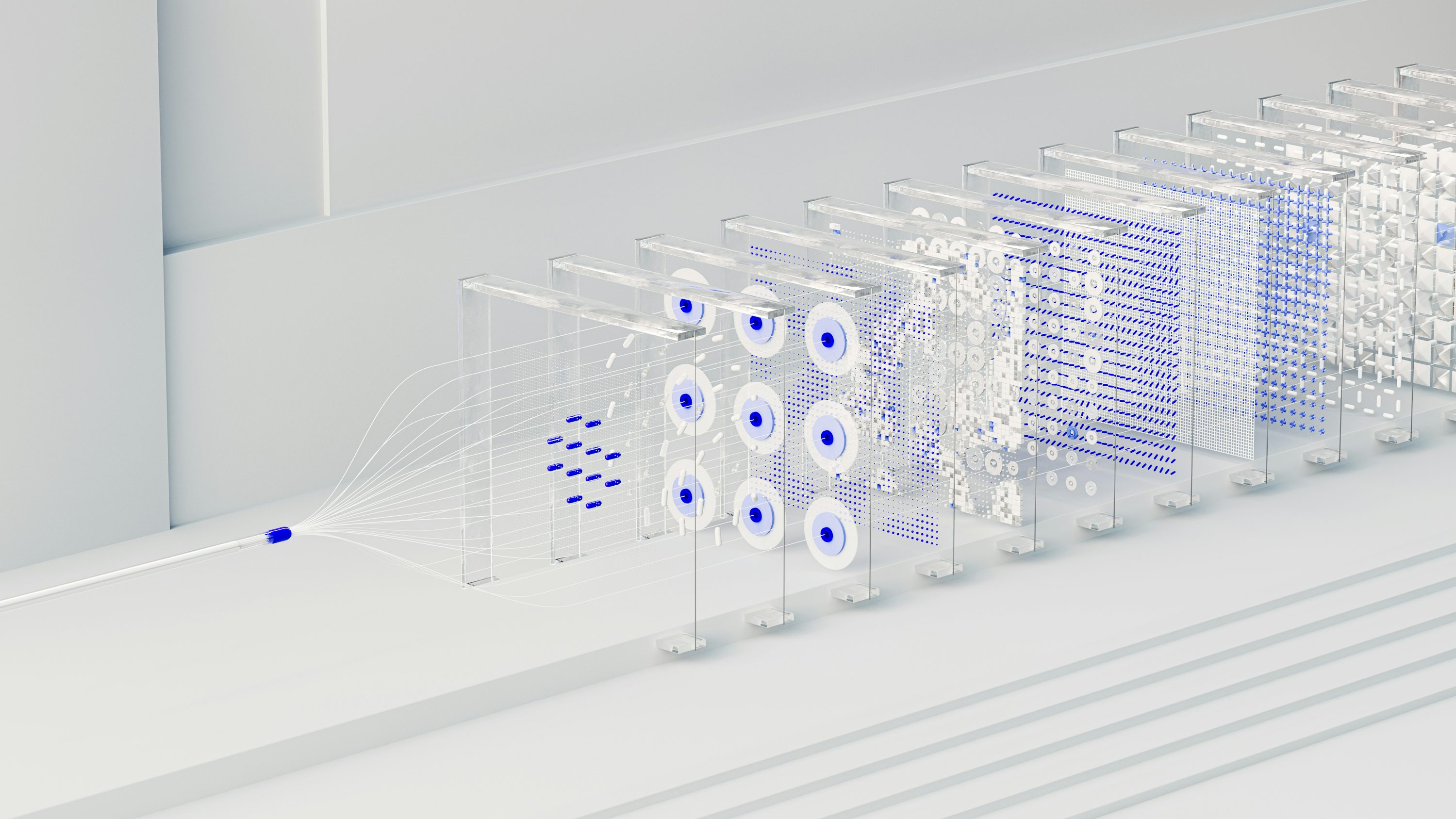How does the algorithm know your preferences?
On the screen of smart phones, our first contact with massive information is often not active search, but passive reception. The trends of social media, the product list of shopping applications, and the series recommendation of streaming media, which seem to appear randomly, are actually made by a sophisticated and powerful recommendation system in pulling strings. This system is like an invisible brain, silently recording and analyzing our every digital behavior, and finally tailoring a unique information world for you.

The recommendation mechanism of application is not magic, but based on huge data and complex algorithms. Its core purpose is to predict what you might like, so as to improve the user experience, increase the user's stay time and consumption conversion rate. This process can be roughly decomposed into several core strategies.
The most basic and intuitive thing is content recommendation. This method mainly depends on your past behavior data. For example, if you often watch sci-fi movies, the recommendation system will analyze the characteristics of sci-fi movies such as labels, actors and directors, and push more new movies with similar characteristics to you. If you frequently browse the products about gardening tools in the shopping application, the system will judge that you are interested in gardening and begin to recommend related products such as flower seeds, soil fertilizers and so on. This method is simple and effective, but its limitation is that if your interest range is narrow, it is difficult for the system to bring you freshness.

In order to make up for this deficiency, a more advanced collaborative filtering mechanism came into being. The core idea of this method is "birds of a feather flock together, and people are divided into groups". It not only pays attention to your own behavior, but also analyzes the behavior of other users with similar interests. For example, if both A and B like the album of a rock band, and B likes another minority singer, then the system will infer that A is likely to like this minority singer, and recommend it to A.. This mechanism can help us discover new content that we may never have been exposed to ourselves, thus broadening our horizons.
In addition, an increasingly popular recommendation strategy is deep learning. This method uses neural network to understand users and content from a deeper and more abstract dimension. It can not only identify that "user X likes movie Y", but also understand that "users who like movie Y usually have a preference for a certain narrative style or visual effects". Deep learning can process massive and unstructured data, such as images, voices and texts, so as to capture users' potential preferences more accurately and even predict future trends.

Of course, the recommendation mechanism is not perfect. It may lead us to fall into the "information cocoon room", that is, we only receive the content consistent with our own preferences, thus gradually losing the opportunity to contact different viewpoints. Therefore, understanding how these algorithms work can help us to control our digital life more actively. In the end, the recommendation mechanism of application programs is not only a convenient tool, but also a double-edged sword. It connects us with information efficiently, and at the same time, it invisibly shapes our digital experience.
(Writer:Juliy)





